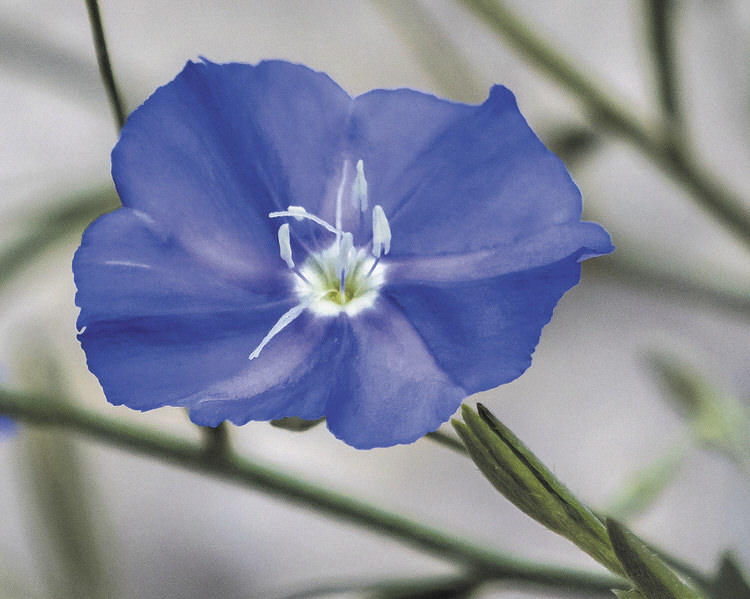
Ivyleaf Morning Glory (photo by Gerry Tietje)

Trans-Pecos Morning Glory (photo by Gerry Tietje)

Arizona Morning Glory (photo by Gerry Tietje)
Gerry Tietje
The monsoon rains we experience during summer in SaddleBrooke Ranch and the surrounding area produce a second season to enjoy wildflowers. Some species are the same as those we see in spring, but many are different. Fishhook Barrel cacti, for example, only produce their orange blossoms after monsoon rains have fallen. Yellow Summer Poppies only pop up on the edges of our roadways after these rains. And a surprising number of colorful morning glories also thrive during the Arizona monsoon season.
As their name implies, morning glories unfurl their blossoms in the morning, before sunrise; by late afternoon, however, the short-lived blossoms have withered. On one of my first summer trips to Catalina State Park I walked along the Birding Trail and was astounded by the number of morning glories that were blooming. In hues of purple, blue, pink, and white, their vines and trumpet-shaped blossoms sprawled along the sides of the trail, sometimes encroaching it. In other places the vines had crawled up the sides of plants, bushes, and even tree trunks. We’d had substantial monsoon rains that year, so I shouldn’t have been surprised that morning glories were abundant.
One of the most common species of morning glory that I saw in the park was the Arizona Morning Glory (Evolvulus arizonicus), a native plant. It is also commonly called Arizona Blue Eyes. Their small blossoms are rather flat compared to other species; fused petals form a circular disc that ranges in color from blue to purple. Their star-shaped centers are white and feature tiny white filaments topped by tiny white anthers, making this species of morning glory easy to identify.
One of the most common non-native morning glories that was growing in Catalina State Park was the Ivyleaf Morning Glory (Impomoea hederacea). Its white-centered blue blossoms are much larger than the Arizona Morning Glory, 1 to 2 inches in diameter, and the blossoms are more trumpet-shaped. Their vines reach heights of 9 feet and are covered with long-lobed ivy-shaped leaves, making them easy to identify. Bees, butterflies, and ants seem to be fond of this species.
My biggest surprise was to see several Trans-Pecos Morning Glories (Ipomoea cristulata) blooming. It took me a while to discover the name of this species because it wasn’t in my Arizona wildflowers field guide, but it is quite common in the Tucson area. Trans-Pecos Morning Glories sport bright orange deep-throated blossoms that flare at the end; light orange filaments with white anthers emanate from their centers. They don’t generally bloom until August, and some may still be in bloom as late as November.
You don’t need a reason to head to beautiful Catalina State Park for an outing, but the park is especially inviting after good monsoon rains have fallen, mountainsides are a verdant green, and glorious morning glories abound along the trails. Ivyleaf Morning Glories can also be found on our own beautiful Nature Trail.
